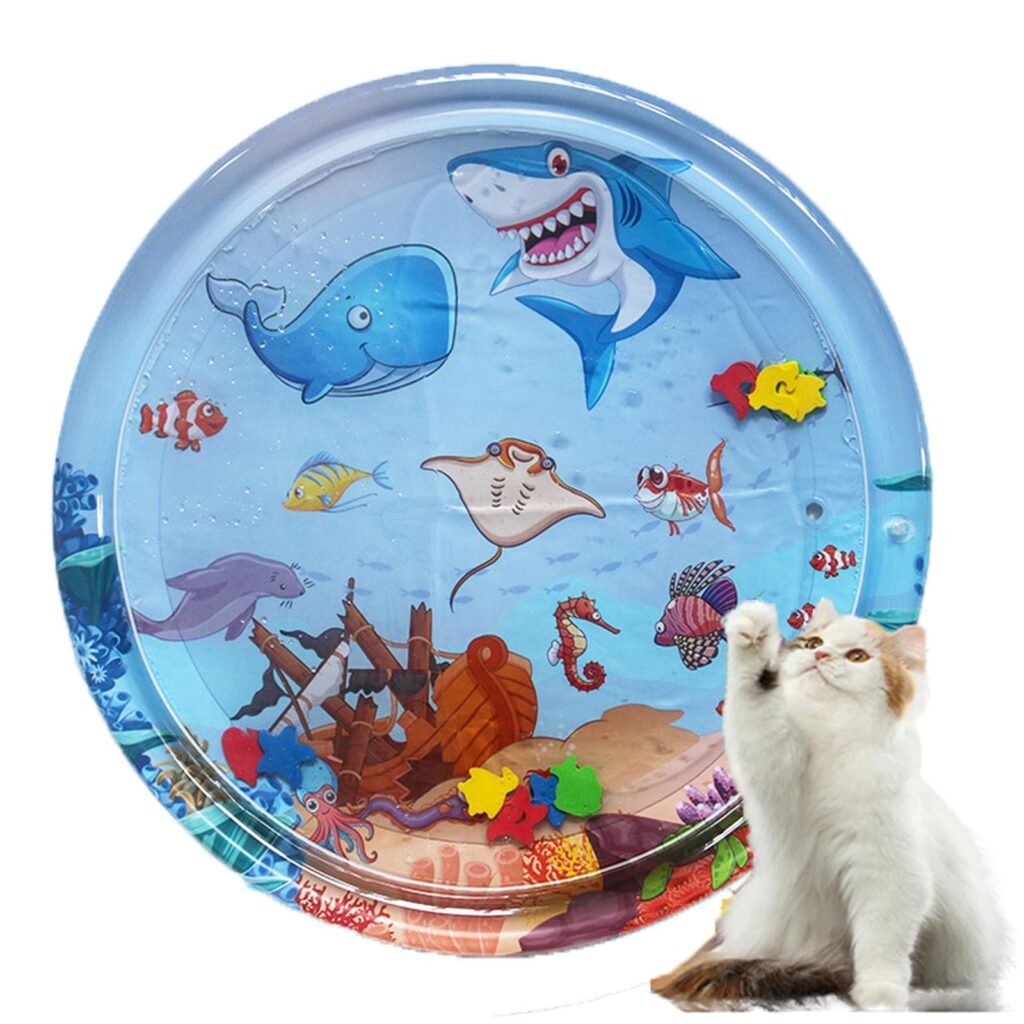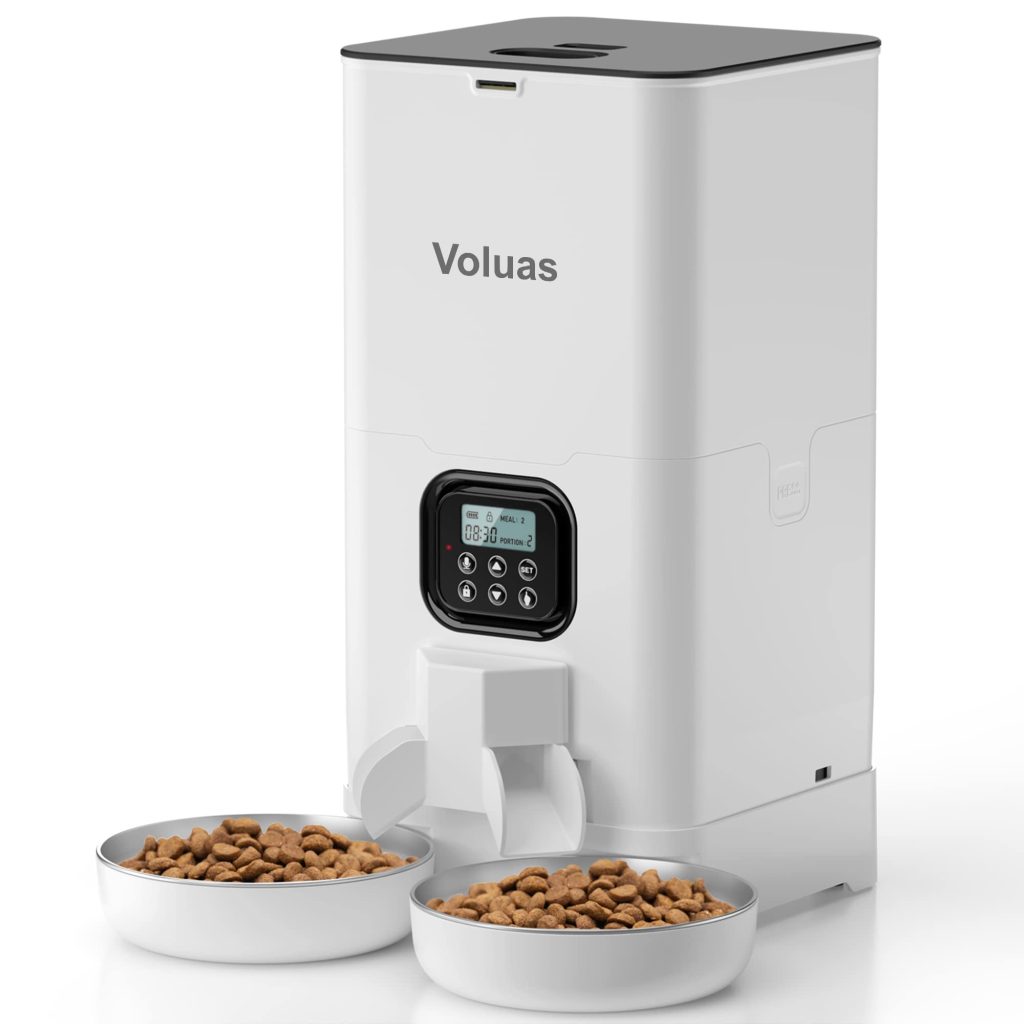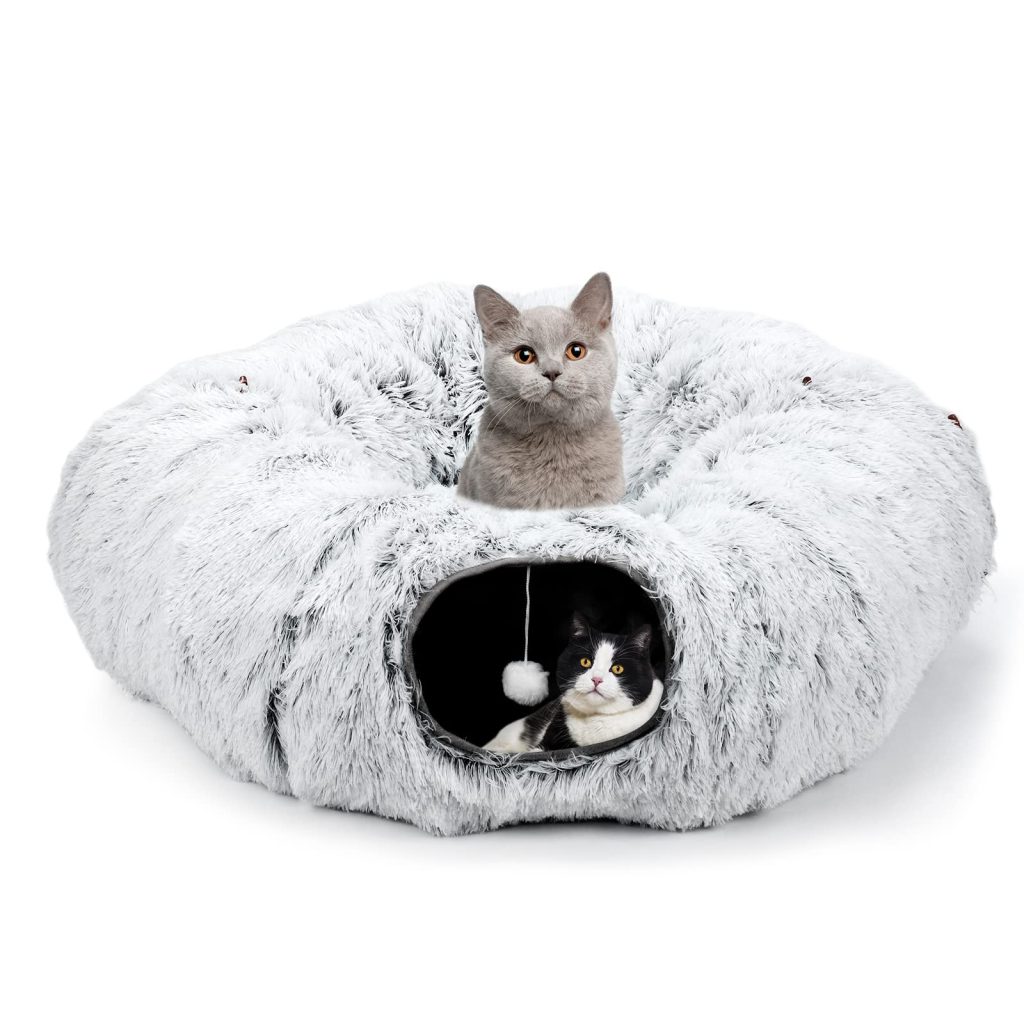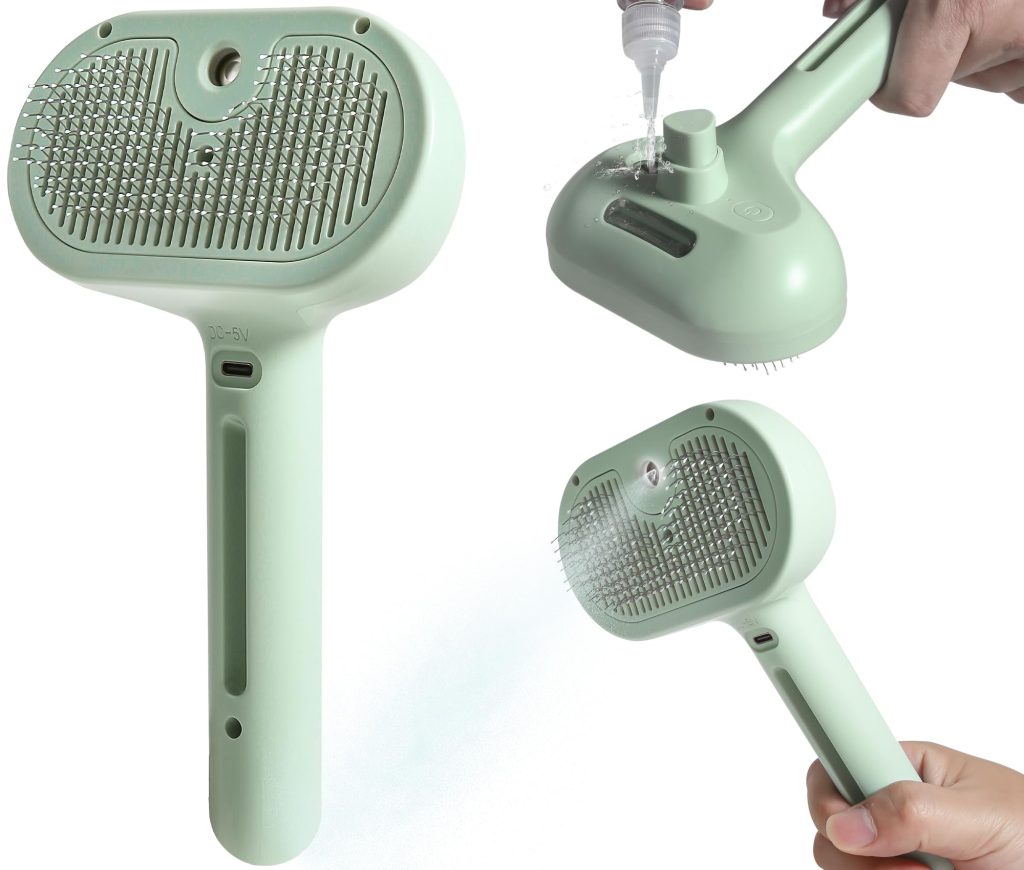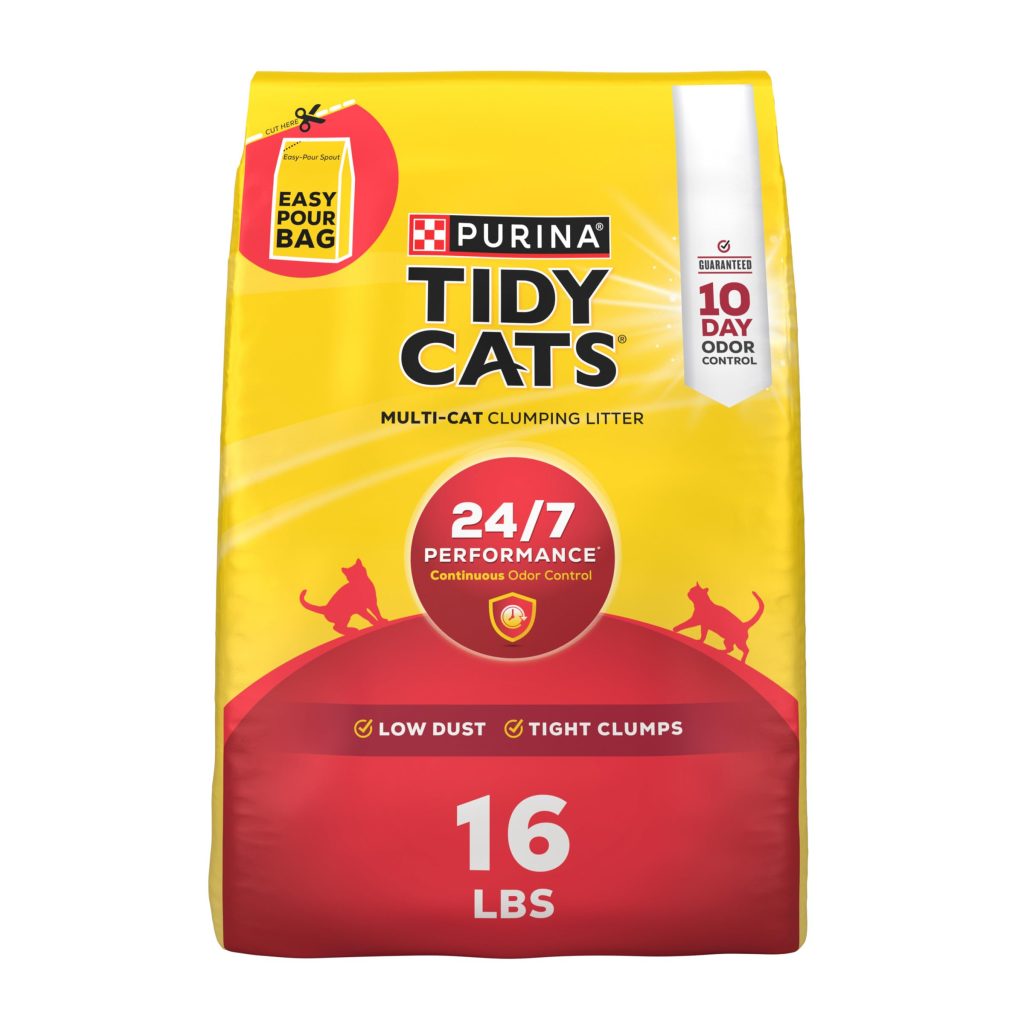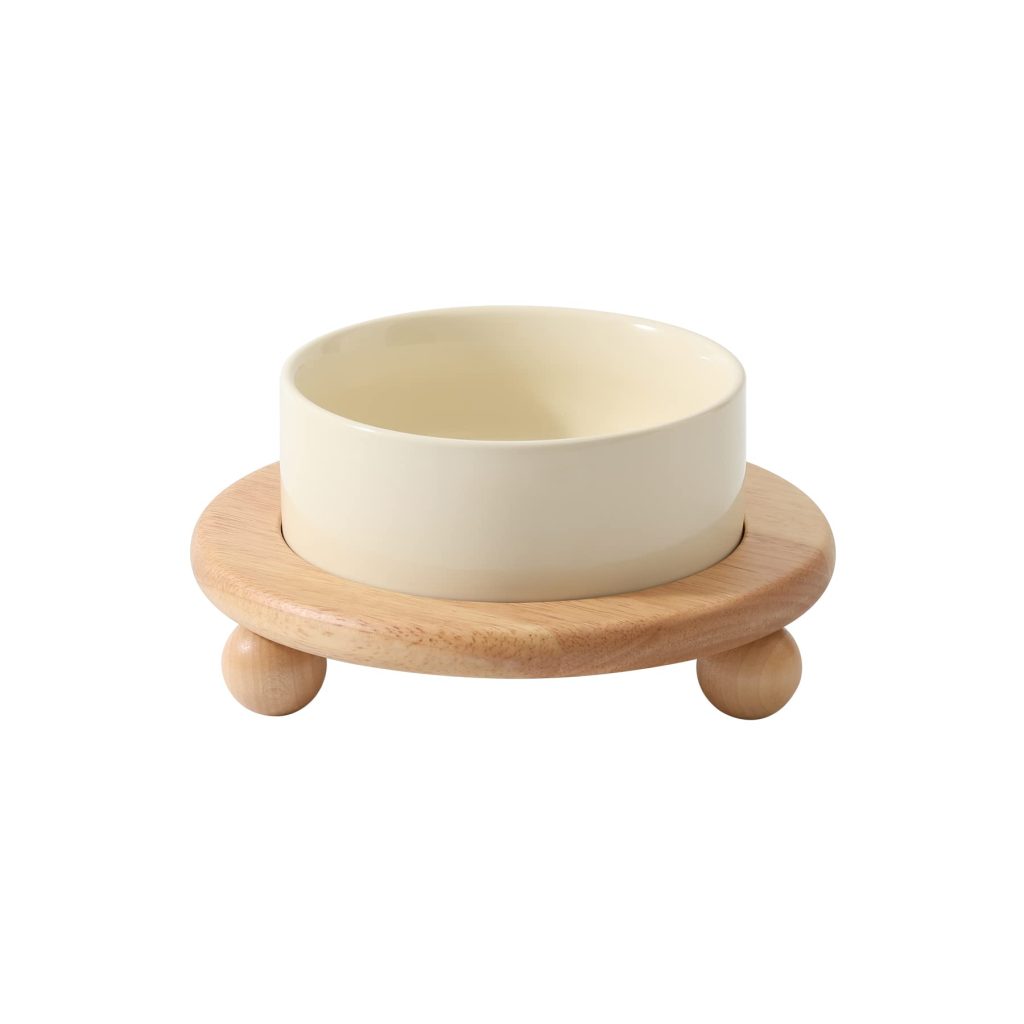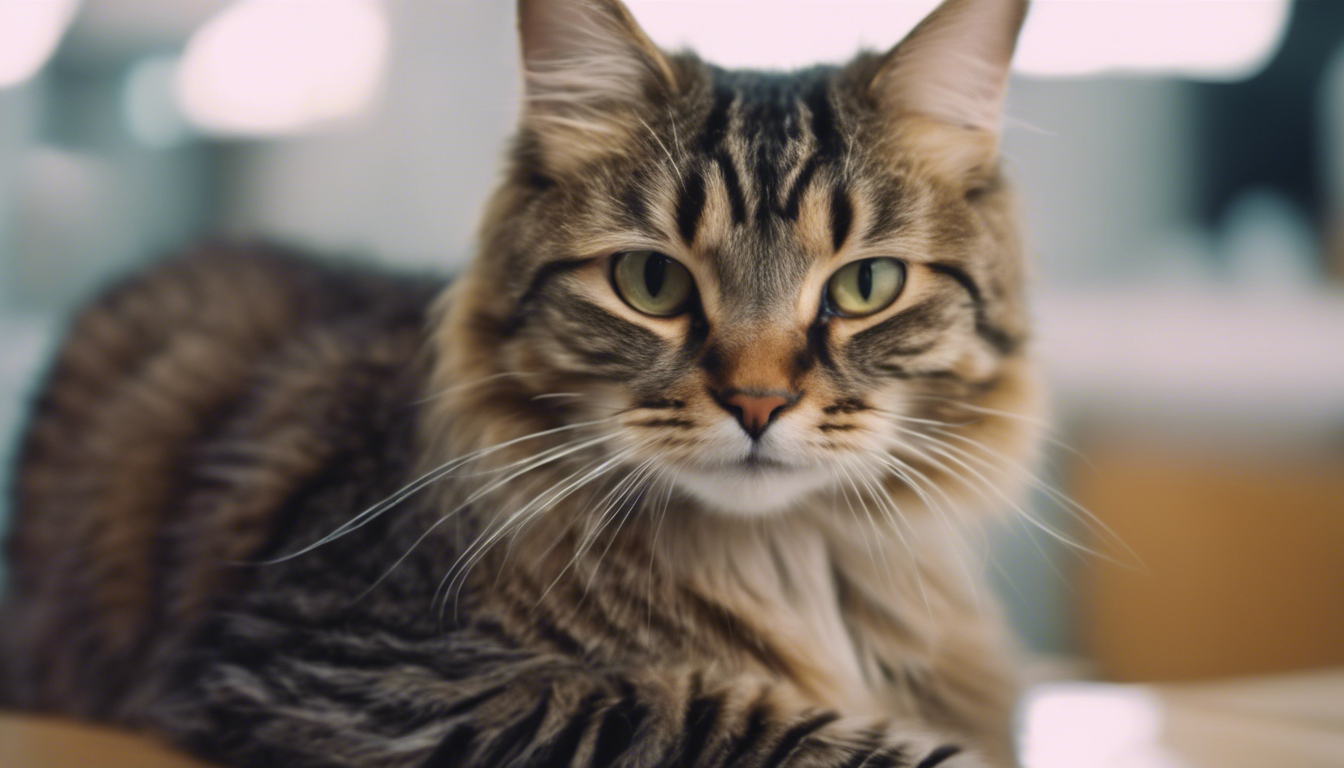
Identifying Signs of Illness or Distress
Cats are masters of disguise when it comes to hiding how they feel—especially if they’re under the weather. But as a savvy cat parent, you can learn to pick up on the subtle signals they can’t help but give off. It’s like being a feline detective, sniffing out the clues to ensure your furball is in tip-top shape.
First on your radar should be changes in behavior. Has your usually voracious eater turned her nose up at dinner time? Or perhaps your little lion, once king of the household jungle gym, has taken to more… well, sedentary pursuits. These could be the first whispers of something amiss.
Pay attention to the grooming queue, as well. If your kitty’s coat suddenly looks like they’ve been dragged backward through a hedge, it might not be due to a lack of effort. Over-grooming or not grooming at all are both red flags. A healthy cat takes pride in their appearance, so if they stop, it may signal pain or stress.
A sudden game of ‘hide and seek’ where they’re always hiding isn’t for your entertainment. Cats often retreat when feeling unwell. If your furry friend is spending far too much time under the bed, it’s a hint they might not be feeling purrfect.
Keep those eyes peeled for the physical give-aways too. Watery eyes, a runny nose, or an unexpected sneeze-a-thon could indicate that your cat has caught a bit more than just the attention of that neighborhood tom. And let’s not skirt around the litter box; changes in pee and poop patterns are telling signs. In short, it should all be consistent—if it is not, your kitty could be saying ‘help’ in loo-language.
Last but not least, tune into the soundwaves of meow. Your feline friend’s voice can betray how they feel. If those meows and purrs have morphed into growls and hisses or have gone silent, it’s like an alarm bell going off.
Keeping a whisker-twitching watch on these subtleties won’t just make you more attuned to your cat’s needs—it will help you catch any pesky problems before they balloon into catastrophes. It’s all about being observant; after all, when it comes to caring for our curious companions, the devil is often in the details!
Coat and Skin Inspection Techniques
Alright, the magnifying glass is out, and it’s time to get up close and personal with your cat’s coat and skin. Ponder of yourself as the Sherlock Holmes of cat grooming, where every fiber and speck could lead to a vital clue. Start by setting the mood—granted, this won’t take a candlelit dinner, but a quiet, comfortable space will do wonders when trying to convince your feline they’re about to enjoy the spa treatment they never signed up for.
When it comes to the manual once-over, gentle hands are key. Run your fingers through their fur like a fine-tooth comb, feeling for any bumps, lumps, or matted areas. A bump could just be an innocent skin tag, but then again, it could be pleading for a vet’s gaze. And mats? They’re not just a fashion faux pas; they can tug painfully on the skin.
If you spy your cat’s skin flaking like they’re in their own personal snow globe or if there’s more dandruff than a winter’s day in Alaska, that’s your cue. Dry skin can be a sign that your cat’s diet needs an upgrade (more on that omega-3 and fatty acid goodness), or it could be an SOS for some humidity in the room. More seriously though, excessive flaking or scabby areas might warrant a check-in with Dr. Vet.
Don’t forget to part the fur sea and examine the skin underneath. Redness, sores, or bald patches are like glaring neon signs that all is not well in fur-town. Could be allergies, could be parasites—either way, best not to play Dr. Google and instead seek professional help.
What’s that? There’s something freeloading in the fur? Yep, uninvited guests like fleas and ticks can throw killer parties at your kitty’s expense. If you spot these tiny pests doing the conga line down your cat’s back, it is time for pest control to crash the party. Preventative treatments are your best friend here; talk to your vet about what’s right for your whiskered chum.
Now, aside from ensuring their coat could win prizes for shine at the cat show, remember that this inspection serves a higher purpose. A sudden change in coat quality isn’t just about bad hair days—it can be your early-warning system for health issues. So while you are doling out those head scratches and chin rubs (which doubles as checking for unusual tenderness), keep those detective eyes on alert.
Your cat’s skin and coat are more than just cuddle territory; they’re barometers for wellbeing. Stay vigilant, maintain regular grooming sessions, and remember: in the game of skins and coats, it’s always better to err on the side of caution!
Oral and Dental Health Assessment
Now, let’s turn our attention to the pearly whites and beyond. Assessing your cat’s oral and dental health is akin to being their personal tooth fairy—minus the cash under the pillow. Instead, you get to ensure that their smiles stay as bright as the top of the fridge they love to perch on.
First off, ponder the sniff test. A cat’s breath isn’t meant to be minty fresh, but if their yawns smell more like a trash can on a hot day, it’s not something to shrug off. Bad breath can be a billboard for oral disease or tooth decay.
Next, grab a flashlight—no, you are not exploring a cave, but your cat’s mouth is a land full of mystery. Gently lift the lips and cast a light on their gums. Healthy gums should be a pretty-in-pink, but if you hit upon redness or swelling, those are red flags. And those chompers should be clean and white(ish); brown or yellow plaque should ring alarm bells.
Now don’t ignore those back molars; they can be a hotspot for dental drama. Poke around—it should be a no-go zone for growths or sores. If you spot anything unusual, plan a vet visit faster than your cat can dismiss your new décor.
Is your cat turning dinner into an Olympic sport, dropping food like it’s hot or chewing with all the enthusiasm of a sulking teen? That’s them showing you—yet again without words—that something in their mouth hurts.
Get familiar with their dental routine too. While your cat won’t be flashing floss anytime soon, incorporating a vet-recommended dental clean into their grooming repertoire is paw-sitively brilliant. It can range from special diets to dental toys or even brushing—if you dare enter that territory with your darling!
Remember, while it may seem daunting to go where few pet parents have gone before—the inside of a feline’s mouth—it’s a important piece of the grooming puzzle. This stage isn’t just about avoiding future vet bills (though who doesn’t love that?), it’s about keeping your companion comfortable and happy. Dental discomfort can turn your kitty into a grumpy Gus, so staying ahead of the game not only saves money—it saves moods.
In essence, ponder of oral examinations as hanging out with a purpose. You’re chilling with your fur baby AND taking monumental steps in safeguarding their health. A win-win in the diary of a dedicated cat aficionado!
Paw, Claw, and Joint Examination
With your detective hat firmly in place, it is time to investigate your cat’s paws, claws, and joints. Remember, these are the tools of the trade for a cat’s daily escapades, from scratching that itch behind their ear to launching off the sofa like a furry missile. It is important to ensure these parts stay in A1 condition, so here’s how to play podiatrist.
Ponder of your kitty’s paws as the foundation of a temple—you want them solid, without cracks or damage. Gently press on each paw pad and look between the toes for any signs of cuts, thorns, or pebbles that might have hitchhiked in on their last adventure. A pink and plump paw pad indicates good health, while any signs of limping or resistance when you touch their paws could point to discomfort.
Next up, the claws. These natural swords should be sharp and clean—not split or broken. If they’re looking more like a twisted tree branch, it’s clipping time. But let’s not turn this into a wrestling match; patience and treats can go a long way. Pro tip: a sleepy cat is a compliant cat. Try grooming those claws post-nap for a more peaceful experience.
How about a self-manicuring hack? Introducing scratching posts in various textures and heights can promote healthy scratching and help keep those claws in check—sans the drama. Plus, it lets them unleash their inner tiger, albeit on something not your new couch.
Moving on to the joints—it’s not just about flexibility; it’s about comfort too. Observe your kitty as they move about—any hesitation when jumping, or perhaps a lack of their usual acrobatics can be a tell-tale sign of joint issues. If you sense any stiffness or swelling as you gently handle their legs—and by gentle, consider fairy touch, not iron grip—a vet visit might be on the cards.
Finally, remember that cats are pretty active during their nine lives, so keeping an eye on these physical attributes can prevent many complications down the road. Regular inspections coupled with good grooming habits may just earn you that affectionate nuzzle—or at the very least, some contented purring from your feline friend.
Now you see, acting as your cat’s pawdicurist isn’t rocket science—it’s simply another way to show love and care. With a well-practiced routine, these once formidable tasks will become second nature. So go ahead, give those paws the royalty treatment they deserve; after all, in your home kingdom, isn’t your cat the reigning monarch?
